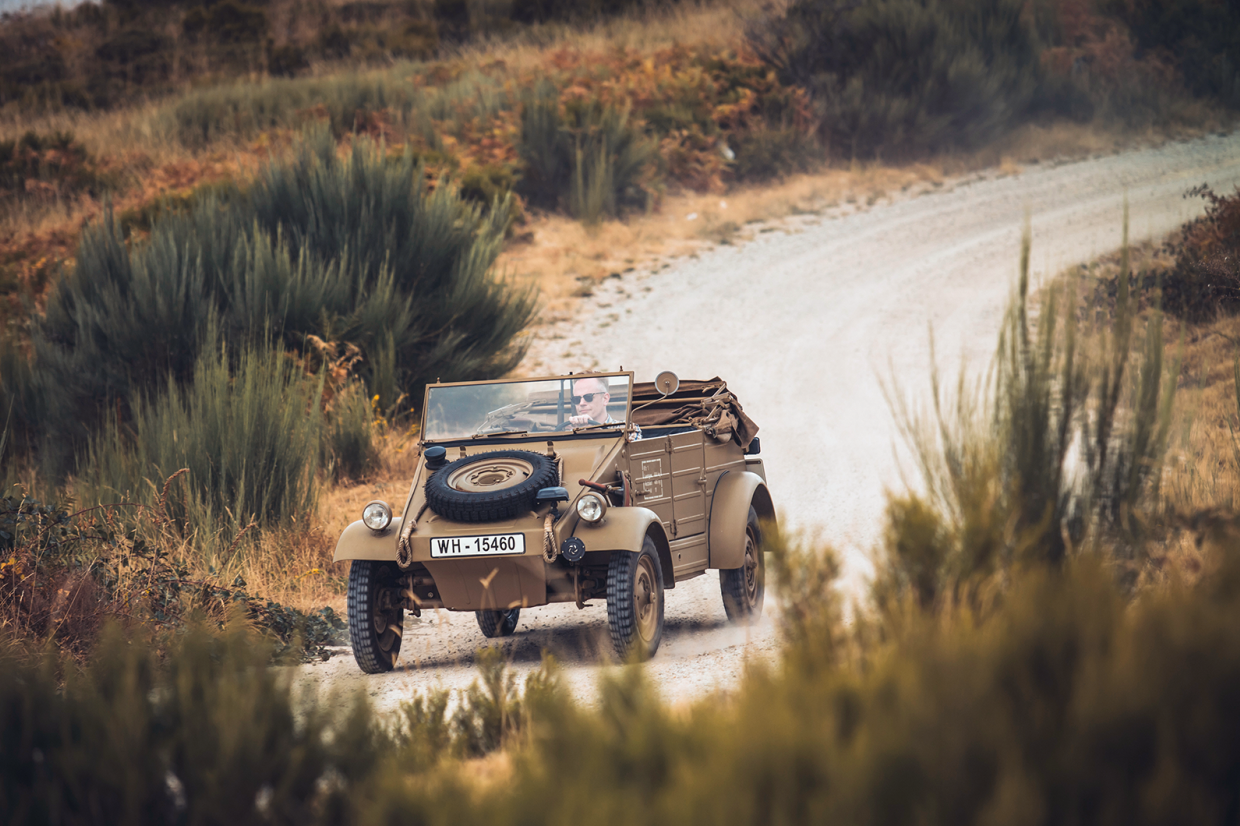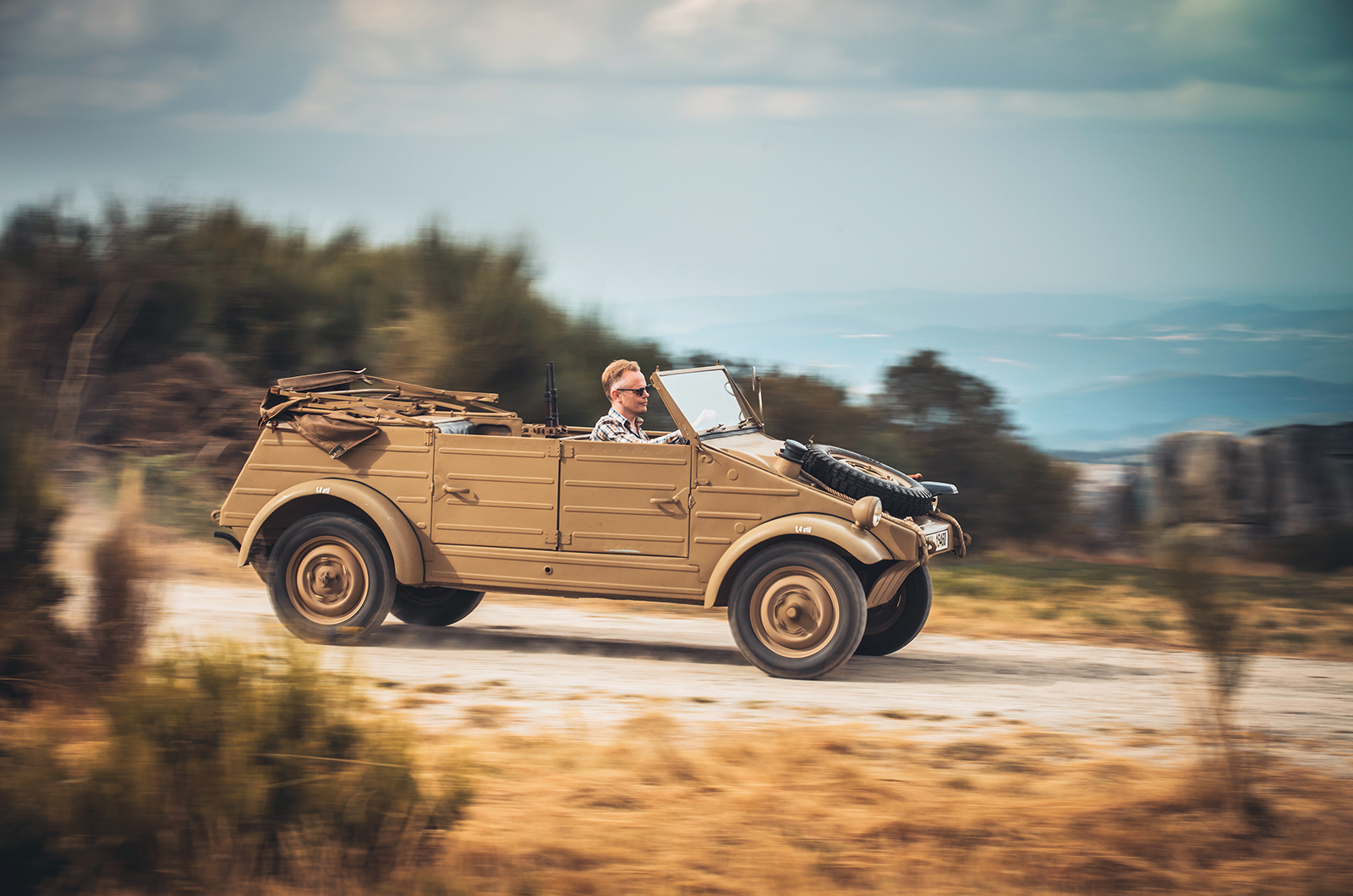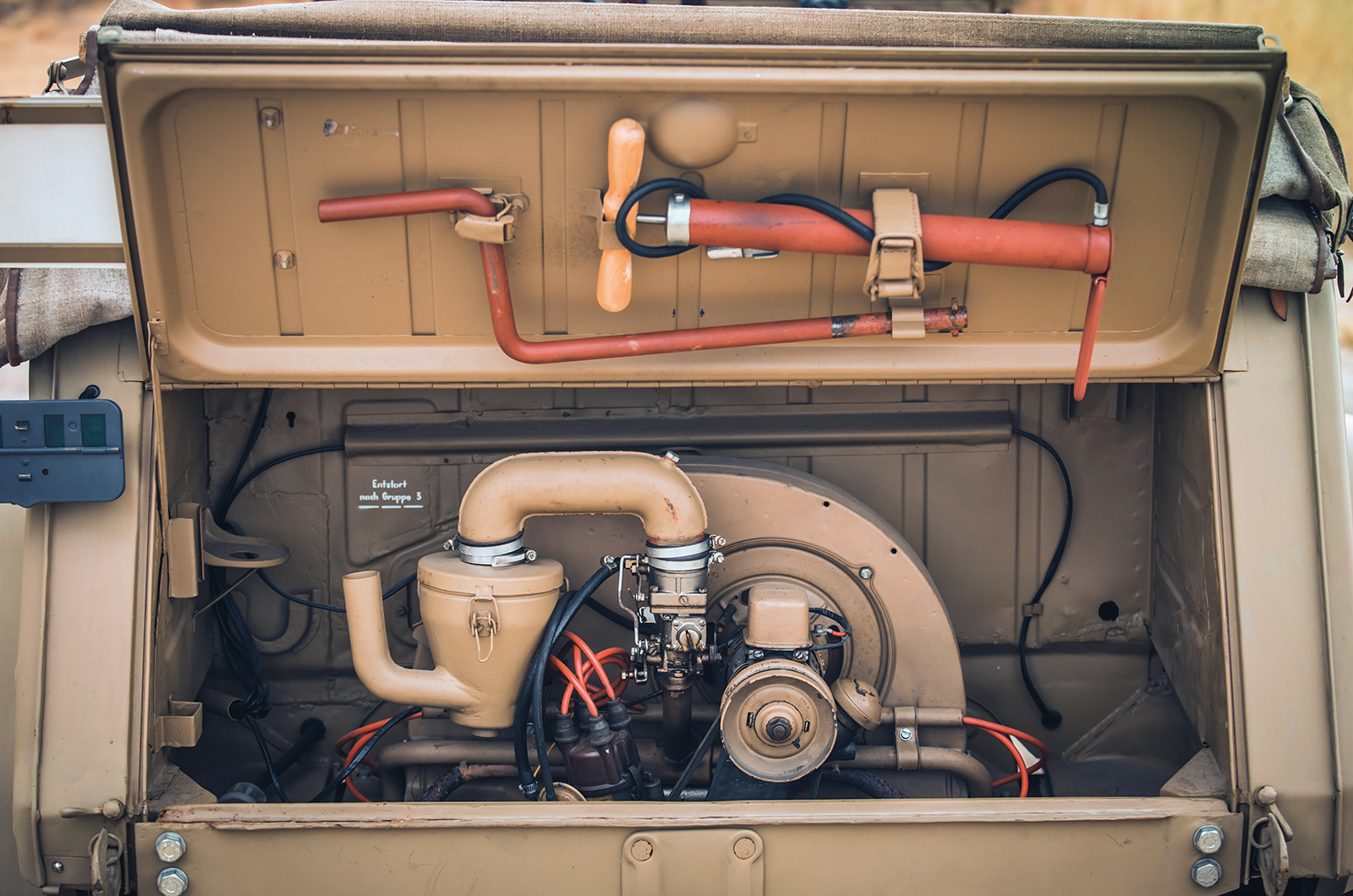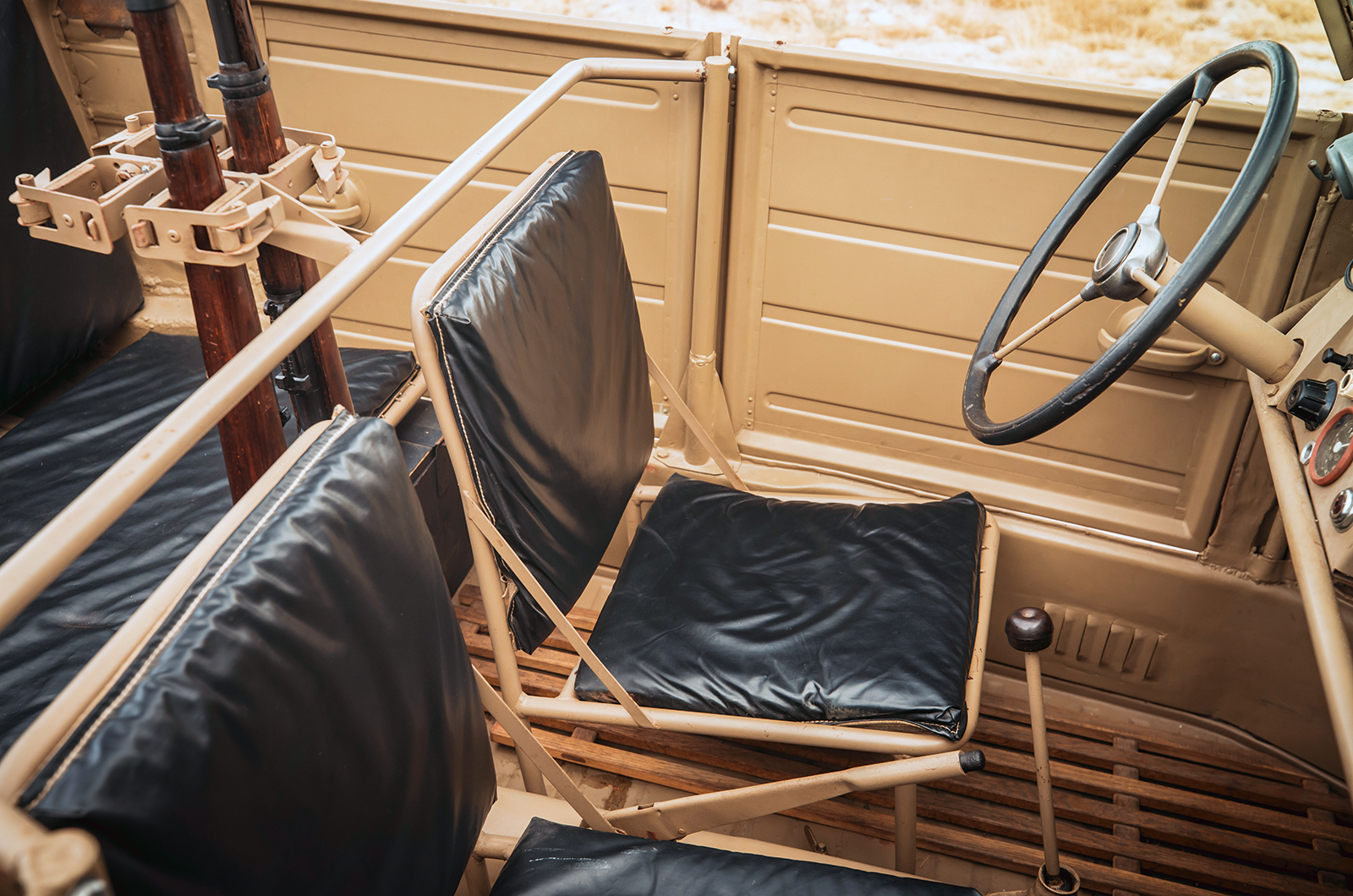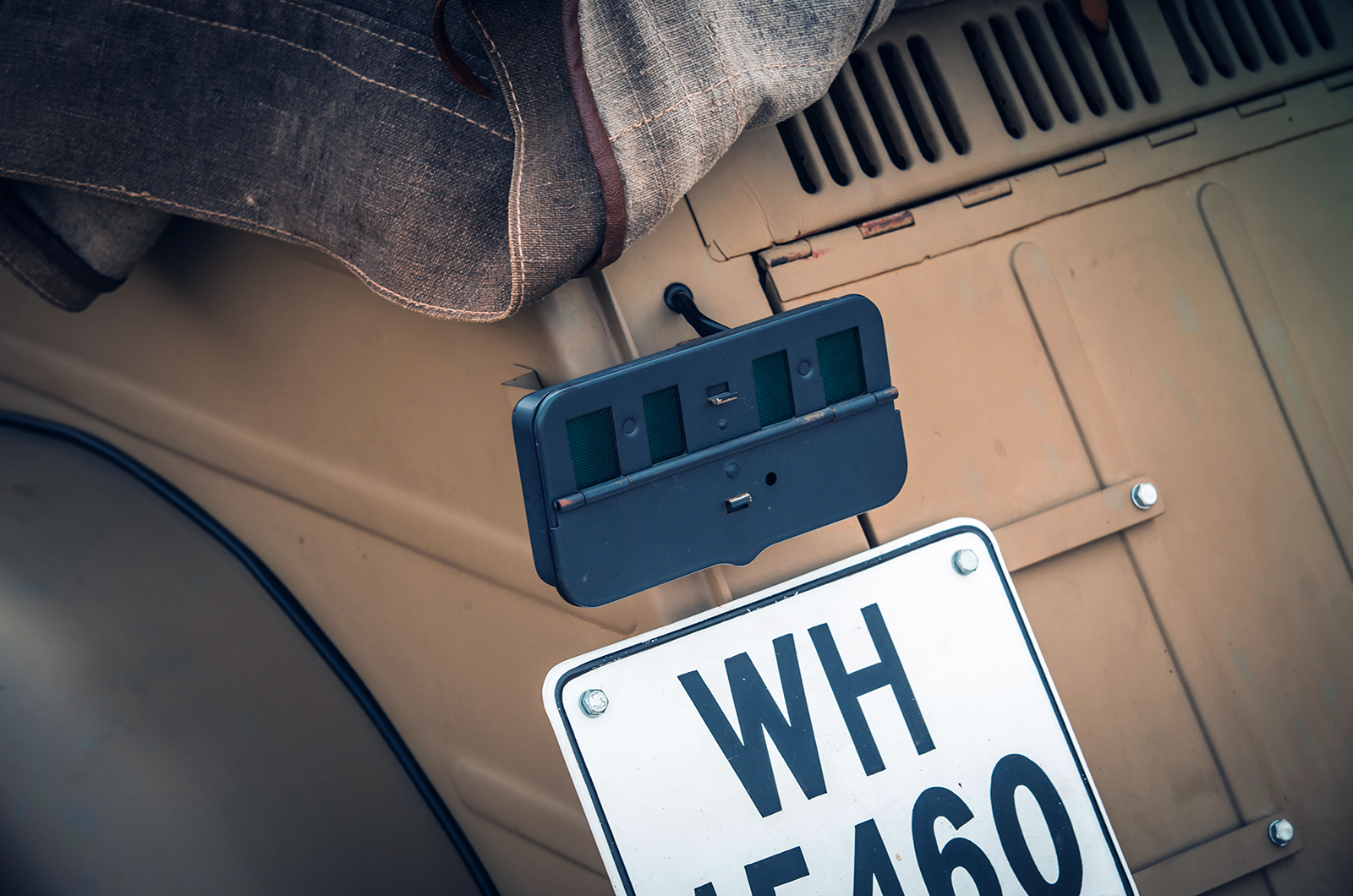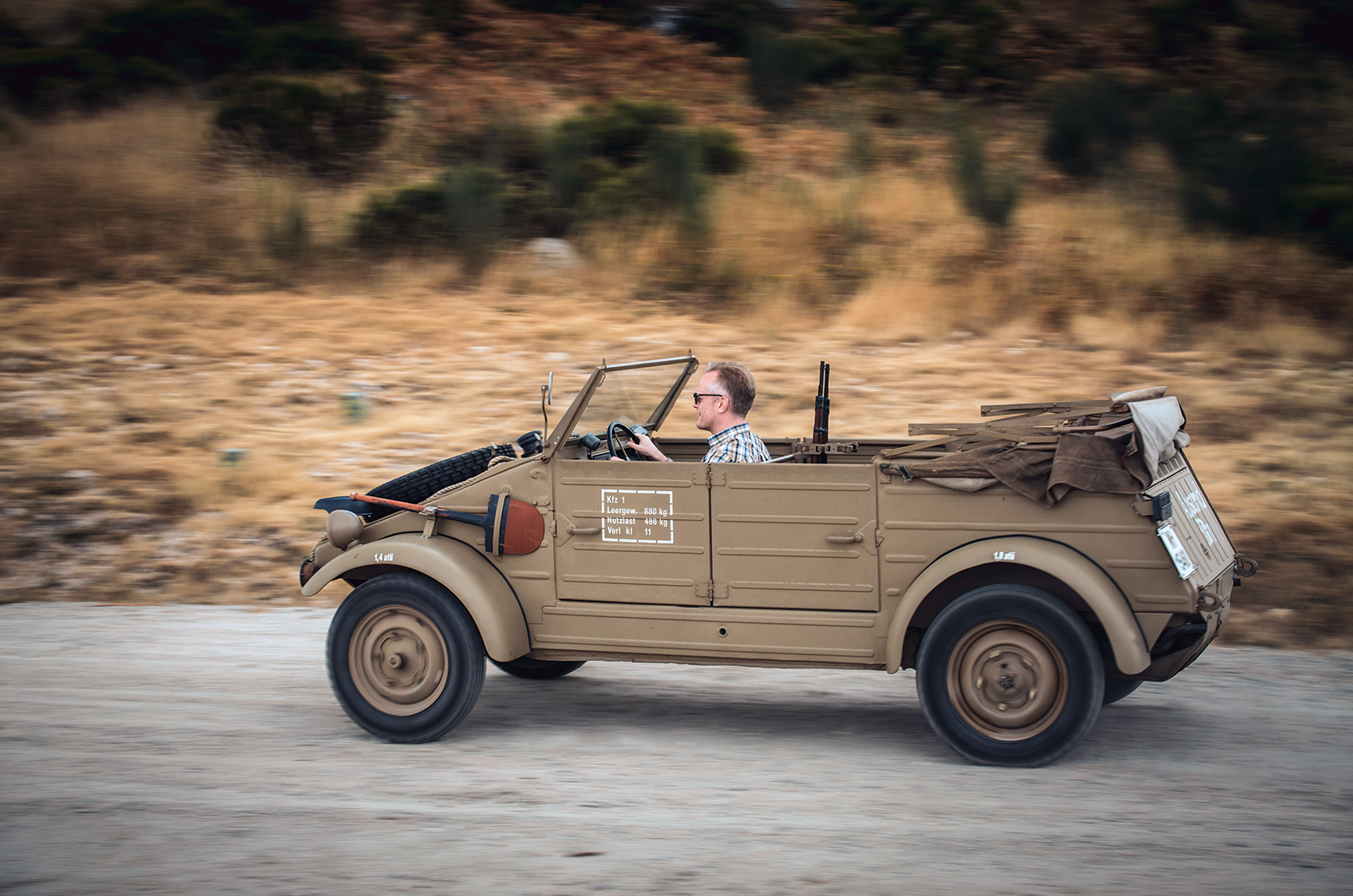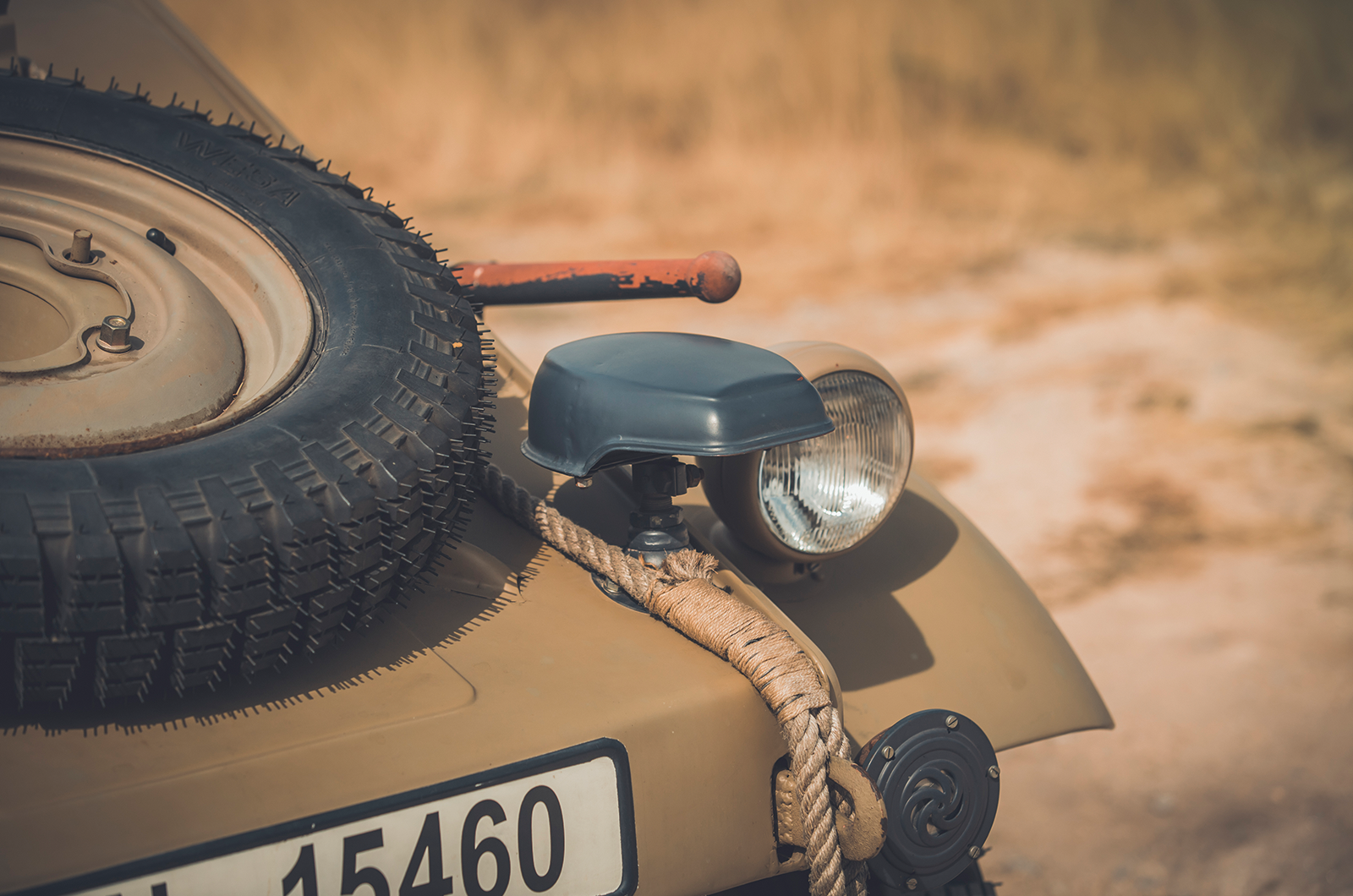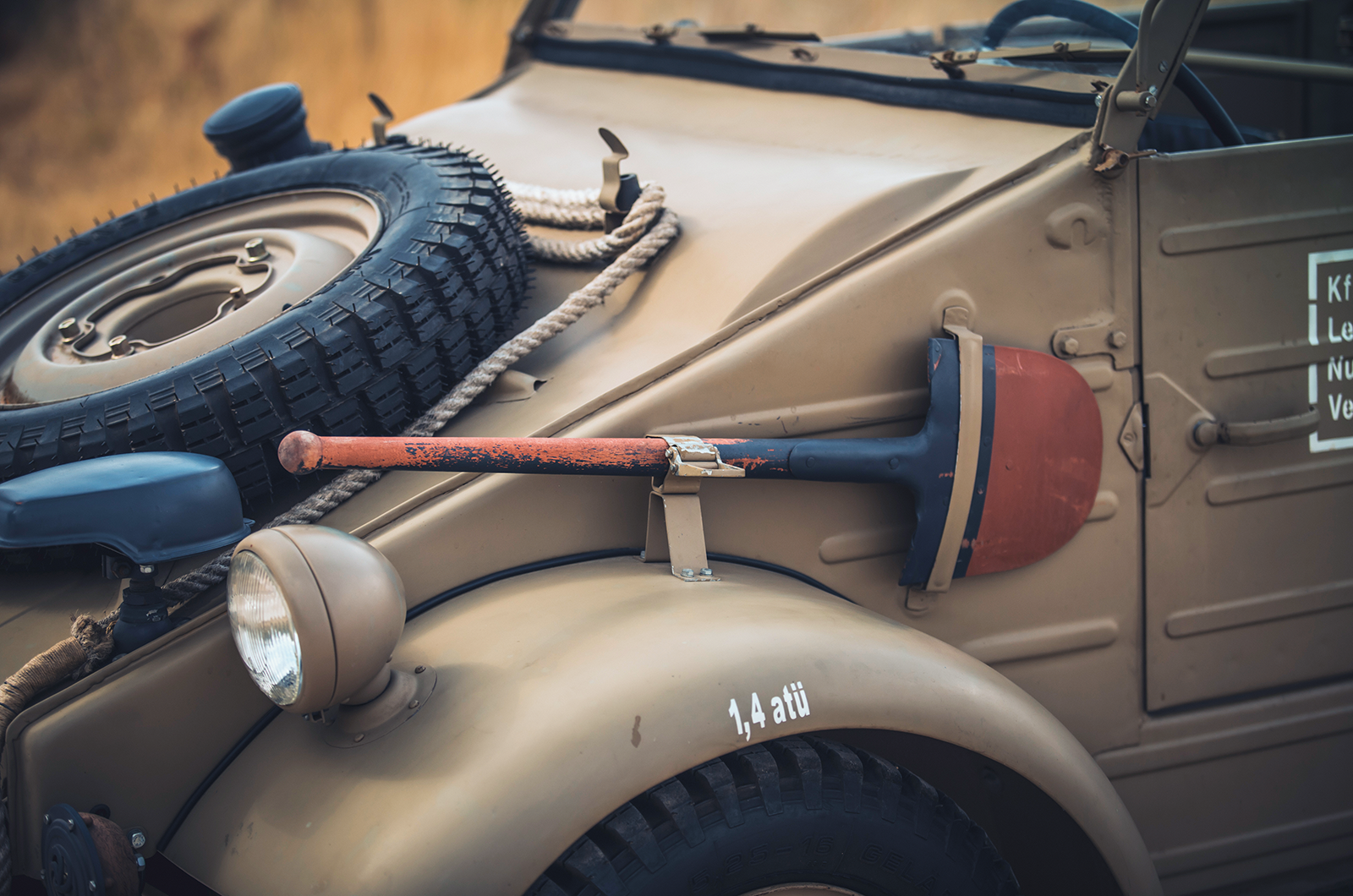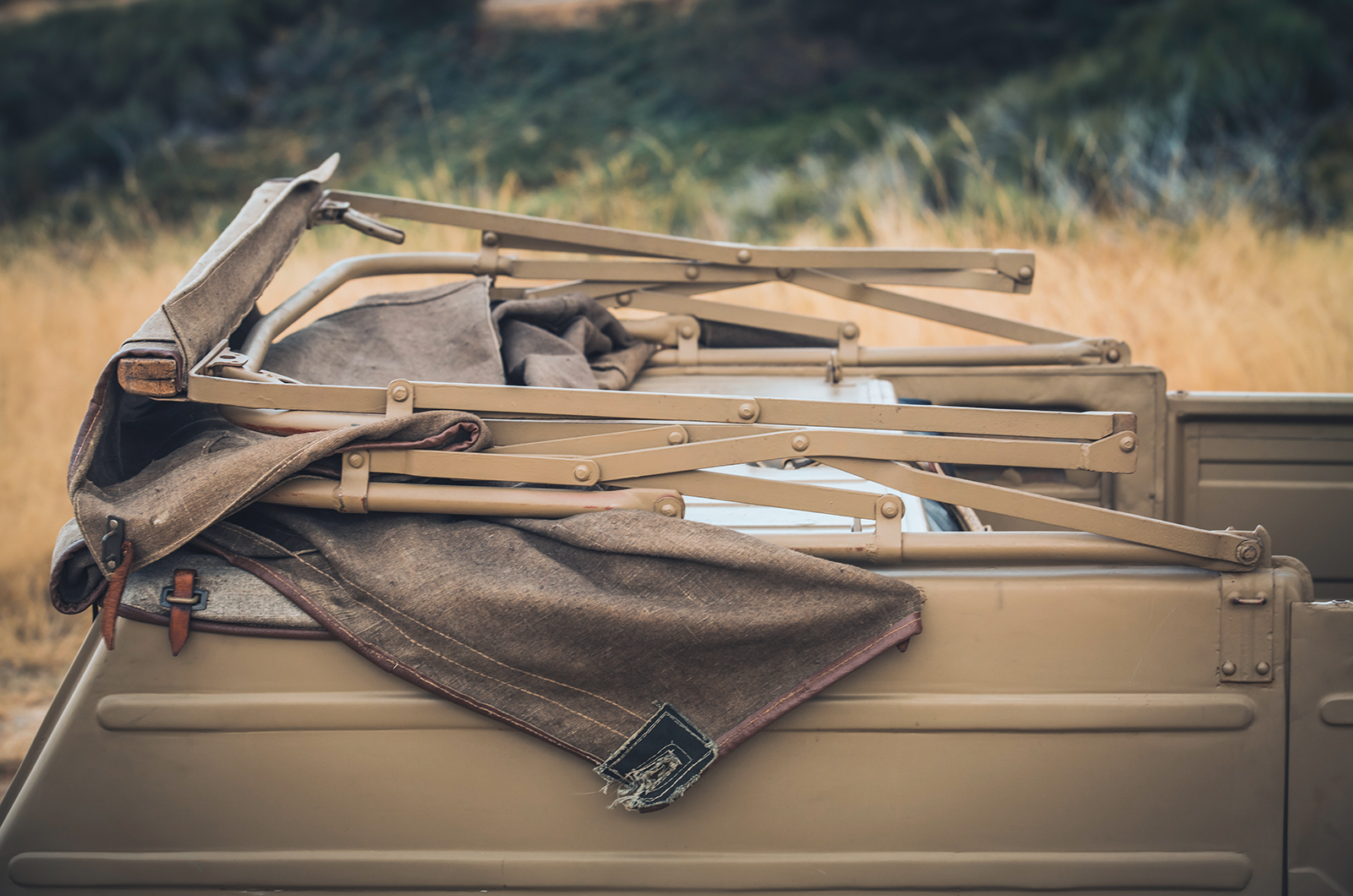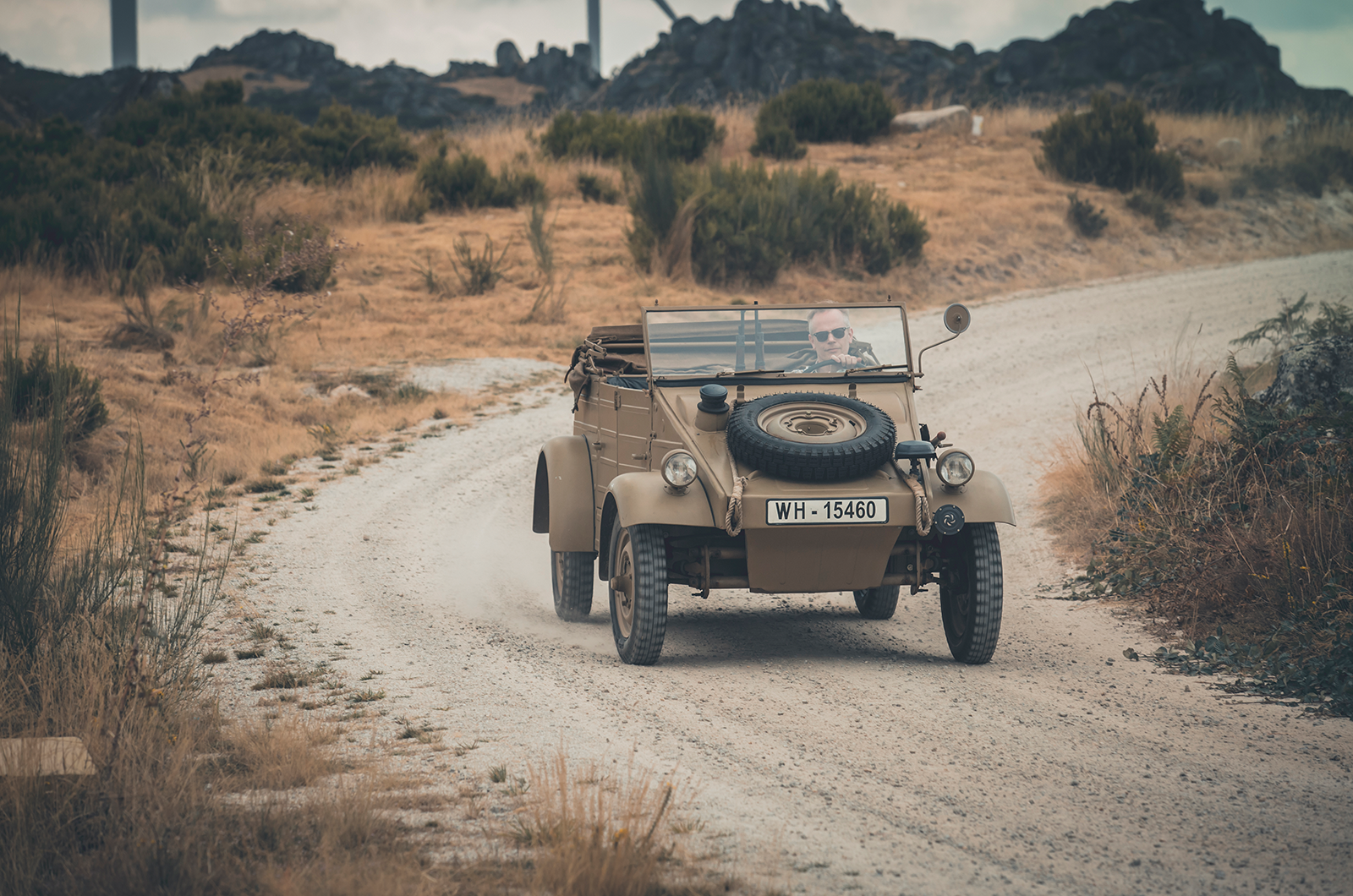Intriguingly, an unnamed British officer in the REME described his experiences of driving a Kübelwagen in The Motor in June 1944.
He wrote: ‘Shortly after capturing the VW, I made a trip down to Syracuse in Sicily. The only disturbing thing about the car was the speedometer, which, of course, read in kilometres. It was amusing to see my batman’s face when, on a good straight stretch, I pointed to the speedometer, which was indicating a shade over 100.
‘The VW can take corners a great deal faster than most staff cars, without the swinging tendency of the Jeep.’
The officer survived a ‘moment’ on entering Carlini, during which the Kübelwagen slithered off the road before connecting with some rocks.
He added: ‘It had both front shock absorbers and one front spring smashed. It has been the only occasion on which the Volkswagen let me down in some 5000 kilometres on the island and in Italy. Long may it continue to serve the Allied cause so faithfully.’
None of which would have been music to the ears of the Wehrmacht, which was rather the point.
The Kübelwagen has a pram-style folding roof
Viewed dispassionately, or better still in a vacuum, it’s hard not to fall for the Kübelwagen.
Sure, it has trouble getting out of its own way on paved roads, and it has a tendency to wander, but it’s just so much… Fun.
Is it a better vehicle than a Willys Jeep? No, just different. Both endear themselves on so many levels, and both have their flaws.
The difference is that the Jeep became redolent of the Allies’ victory and entered into legend. It also became a big hit in peacetime. The Kübelwagen, in contrast, did not, for obvious reasons.
Contrary to popular belief, the tan colour doesn’t denote desert use
Nevertheless, VW revived the basic template in 1969 with the Type 181, created for the Bundeswehr, the German Federal Armed Forces. It also found some degree of success in the civilian market.
And, of course, innumerable beach buggies have proved the off-road Volkswagen concept beyond all shadow of a doubt.
The covers might have changed, but the book was very much the same.
Images: Manuel Portugal
Thanks to Adelino Dinis, Salvador Patrício Gouveia and Tiago Patrício Gouveia at Museu do Caramulo
READ MORE
Tested: off-beat soft-roaders
Luxury on the farm: Range Rover vs Mercedes-Benz G-Wagen
12 amazing automotive transformations
Richard Heseltine
Richard Heseltine is a long-time contributor to Classic & Sports Car
